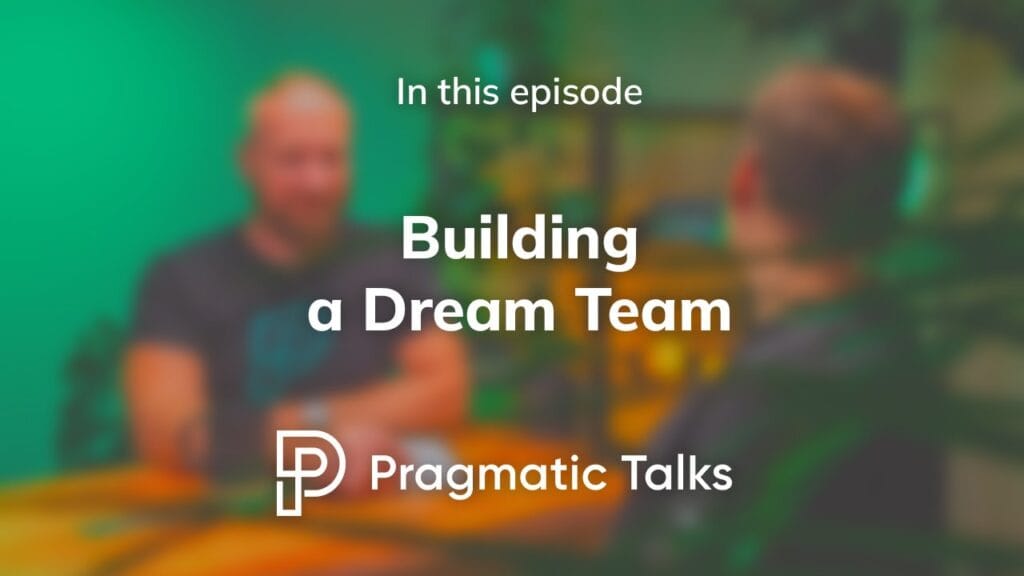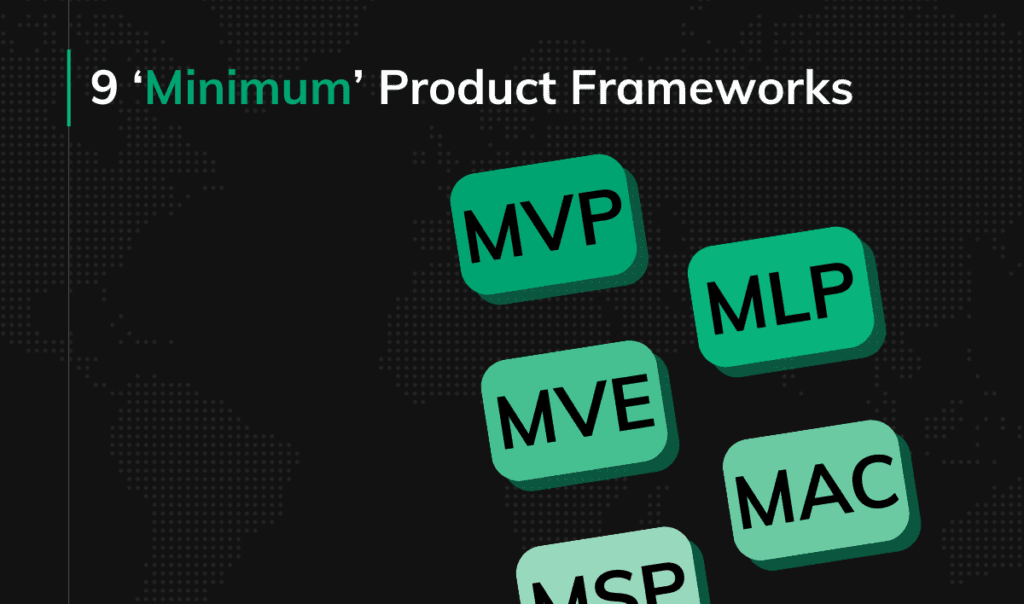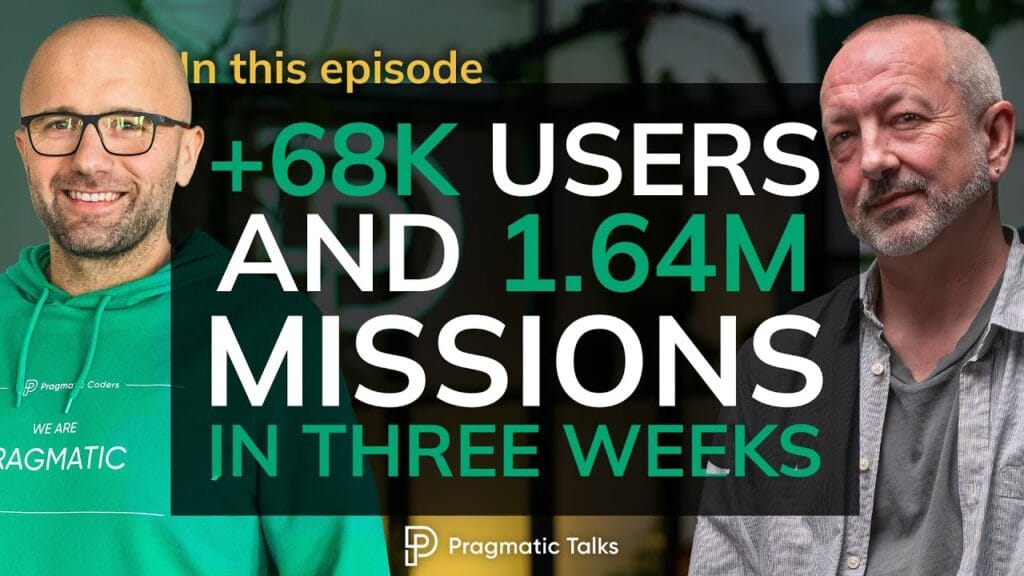How to build a startup that makes money and is fundable?
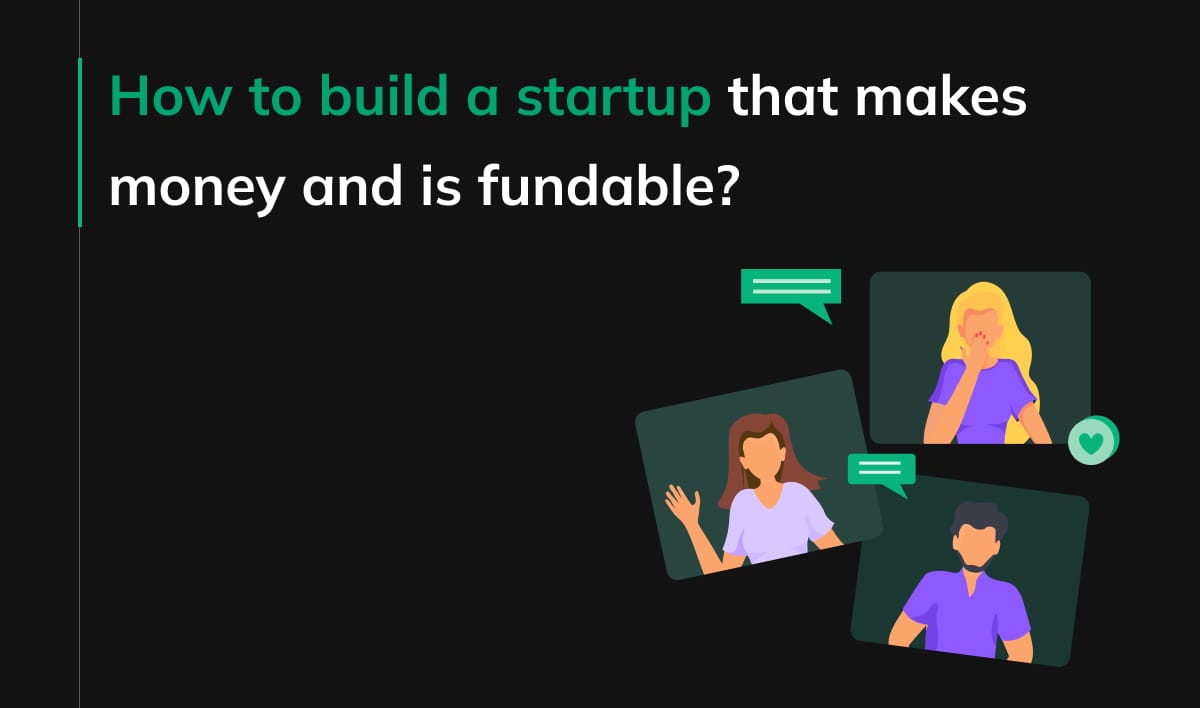
If you’re reading this, and you decided to start a startup and make money that way, then congratulations: you’ve just started probably the bumpiest ride of your life (at least if you are doing that for the first time). Don’t worry, though; there are some things we can do to fix that.
Startup development is a long process of experimenting, building, testing and iterating until you build something people really need. Being innovative is challenging. It takes time to perfect your idea, but if you’re persistent enough, then one day, success will come knocking at the door with open arms! Or not. It all depends on what you will do on the go.
Venture capitalists, angel investors, and experienced startup managers know that no one can plan innovation; it requires iteration and constant change and market feedback.
But what does it mean for startup owners? Do I need to be super-innovative to succeed? How to build a startup that does not need to be innovative? Should I use methods tested by my predecessors and iterate with my idea? The short answer is YES! The longer answer you will find below.
If you want to build an online business or digital product that makes money, then read on! However, if you’re reading this and thinking it sounds like something for someone else – maybe not; there are different types of successful businesses out there: some require coding (like web applications) while others don’t (e.g., blogging). But regardless of whether you’re a startup founder or not, you won’t find better advice on product development and monetization anywhere else.
At Pragmatic Coders, we are helping startup companies build successful products that are fundable right from the start.
I will share valuable insights on building something people need instead of wasting time, energy, and money on something you think they need. This part is crucial, and let’s mention this once again: a successful product is something that responds to your future customers’ needs, goals and desires, not what you just believe they want.
What is the first step to turning your great idea into a successful business?
The one lesson no startup mentor will tell you: we cannot predict the success of a startup. Startup development is a process of trial and error. You experiment, build, test, and keep trying until you find something people want, need, and most importantly, are willing to pay for (with money, attention, or their time at least). There are no shortcuts in this startup journey because startups’ success cannot be planned.
What do you have right now? You have just an idea that only exists in your mind. Maybe some notes on paper, too, but those are probably outdated by the time you finish reading this article. It doesn’t matter, though, because actually, what matters is testing out your startup idea as soon as possible. And by testing, I mean receiving your customer feedback as early as possible.
Where did the product idea come from?
The idea for the product can come from anywhere: a problem you experienced and tried to solve, something you saw (or missed) in the market, how you would have done things differently if you were the customer… The list goes on and on.
Even your potential customers can be an invaluable source of inspiration. Their behaviours, habits, needs, goals, and decision processes can help you structure your idea. If you deeply understand their problems, it’s much easier to find a solution. Is there a sense to trying to solve a problem which actually doesn’t exist? Don’t spend too much time (and money) building something which nobody needs.

How do I know if people want my product?
Ask them. Asking the right questions to the right people can bring you exceptional results. You can discover some problems and motivations which would never go to your mind. Yes, it’s so simple and extremely difficult at the same time. Depending on what stage of product development you are at and what you want to learn, you can use various methods of acquiring knowledge:
- Do you only have a vague idea of the problems you want to solve? Don’t you know much about your target audience? Or you don’t even know who your target audience can be? Are you sure that the problem you want to solve is the problem that others have as well? Ask questions which will help you to understand your potential users. Run surveys. Check who is using your competitive solutions. What do people think about it? What do they like and dislike? I will talk about particular research methods a little bit later (you can check the User Experience Research chapter).
- You know that the problem exists and understand it. Possessing knowledge about the target audience can inspire you to create an appropriate solution. Come up with an idea of how the product will work and what it will look like. But still, you need to find a way to present it to potential customers. You can create a prototype that looks as close as possible to the actual product and show it to people who actually might be your future customers (this can include friends and family too! But be careful. You care about valuable feedback. So your relatives must be honest, not nice). Not only listen to what they say but observe their behaviour. Sometimes it can tell you more than just words. Based on the feedback, make changes until you have a product that people want and are willing to pay for (problem-solution fit).
Iterate with your idea!
The best entrepreneurs can take feedback and turn it into a better product. Do not be afraid of change; in fact, embrace it! This is how you will make your product successful.
The best ideas are tested ideas.
As you already know – a good startup idea is an idea that has been tested. Successful early-stage startup owners usually start their journey by talking about their business ideas. Talking mainly with their potential users, investors, domain experts who follow industry trends, angel investors, and venture capitalists.
That validation will help you validate your great idea, but you will also learn more about your target market and get some insights into your marketing strategy and business plan. You will also test and improve your competitive advantage. Who knows, maybe that way, you will even start building your customer base.
Building a tech startup is a long process, so founders often take shortcuts and fall into traps. Traps that sentence their startup to fail before they even get their business idea off the ground… We will try to help you avoid those startup traps so your startup won’t be just another one in the graveyard of failed early-stage startups – at least not as quickly as most other products do.
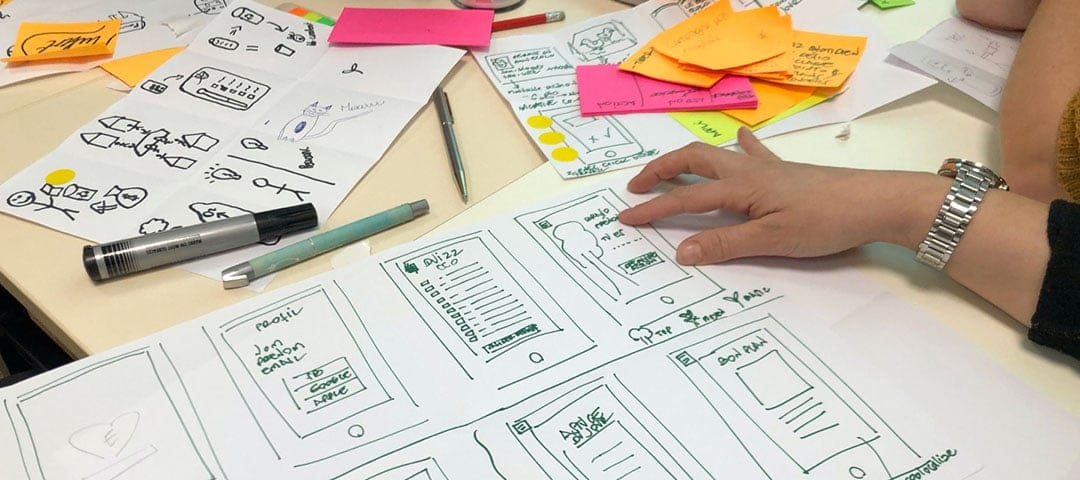
It’s easy to build a product, but it’s harder to build a startup business that is fundable and makes money.
Startup founders are often tasked with building an entire company from scratch. They have to find customers, hire people, and raise money. But one of the essential tasks startup CEO must do is build a product that their customers will buy and investors will be willing to invest into.
9 out of 10 startups fail. The one common reason startups fail is simple to figure out: they are running out of money. A successful startup raises money at a rate that allows continuous learning about its users’ needs. You might read before about the common reasons why startup fails, such as:
- Problems with Business Model
- Poor marketing
- Problem with Product-Market Fit
- Poor Management Team
- and finally, the most common: Running out of cash
But looking at the first few, aren’t they just a derivative of the last one? For example, if a startup company would secure funding at the level that would be enough to change their business model on the go, increase the marketing budget, pivot their product or test another target market for their product or hire better managers when the first one fails, wouldn’t that have an impact on the startup success?
Creating a software product is easy. However, building a successful startup product that people will use and pay for is a different story.
As a startup co-founder, you have many options when it comes to building products. For example, they can make the traditional “waterfall” approach or use more Lean and Agile models.
Regardless of the product development approach you choose, it would be best if you didn’t forget to focus on finding a product-market fit. Customers’ continuous feedback is the best and cheapest/fastest way to build the product that users will be willing to pay for. And by “paying for the product”, I mean not just a subscription or in-app payments, but also paying with their time, attention, desire, positive ratings etc.
Startup business owners should develop ways to prove if the idea has enough potential, not only for monetization. In other words, a startup company needs a way to find out whether or not its startup has a product-market fit.
If startup companies manage to achieve this, they will build a sustainable business model that allows them to achieve long-term success and monetize their startup.
How to build a startup – a few tools, methods and artefacts you should consider before starting product development
Below are a few ways tech startup companies could find out whether or not their startup idea has potential. Of course, using them will not guarantee you success yet. Still, outcomes generated by those tools will be beneficial when you talk to angel investors or venture capital companies about your tech startup.
Landing page – improve your online presence.
A startup can have a landing page with a product description, pricing, and a contact form. Landing pages are so easy to build nowadays that there is no excuse for startup companies not to have one.
One can also create a landing page with a signup form to collect email addresses from potential users and build a customer base. This way, startup owners will have at least some essential user feedback. If people are willing to give their personal information (paying that way) just for the sake of being contacted about the startup idea and the progress, the startup company knows that they’re on to something.
Landing pages and social media platforms are great ways to build customer relationships. Venture capital firms will also look at your customer base and growth rate alongside your business plans. Doing it early can also help you with SEO (search engine optimization) if your startup succeeds at a later stage.
Moreover, your customer base could also serve as a participant pool for your UX research surveys and tests.
User personas
A user persona is a hypothetical user created based on questions. It’s a fictional avatar representing a startup product’s possible users/customers. For example, when a startup company has a small number of potential customers they could talk to, they can create user personas based on their ideal customer projection. But they need to be aware that their hypothesis is most probably far from reality.
This method allows a startup company to find out whether or not their target audience has enough demand for what the startup is offering. Startup team members need to ask themselves questions such as: “Would my product solve any problems from users?”, “Are there lots of people like this?”. Answering those questions will let you put some data into your business plan.
After they answer, they need to find and talk to their user personas. They will quickly learn how wrong they were in guessing potential users’ needs and requirements in most cases.
User Experience Research (UX Research)
You build startups for people (at least most of the time). And to paraphrase Carol Barnum, no one will show your startup what works and what doesn’t, what pleases and what bothers your customers, and what engages or bores the user better than he does himself.
Correctly performed UX research is a powerful weapon that brings knowledge about the goals, motivations, behaviours, problems, and decision-making processes of potential clients of your startup. It is an invaluable source of inspiration for the solution itself, reduces the risk of project failure, and helps to prioritize before the product development starts.
It is worth having a UX specialist on your team from the very beginning. Why? Because this is a person who will propose an appropriate research method depending on the stage of your product and the goals you want to achieve. The UX specialist will select the appropriate research method, collect data, interpret it, and then present valuable conclusions.
User experience research is a type of research that startup founders use to find out how users use or would use their product. It helps startup companies improve the usability of the startup product even before the product development starts.
The user experience (UX) research can be done at every stage of the startup development process – from defining startup ideas through testing the product prototype to optimizing conversion and retention rate. Our clients’ experience shows that starting with UX research is the best and most cost-effective method to start a startup.
There are two types of user experience research approaches: qualitative and quantitative. Qualitative user experience research may include interviews or focus groups with customers, observation studies where UX experts observe customers in their environment, surveys where researchers ask customers what they think about the startup’s potential idea etc.
Comprehensive qualitative user experience studies often need more time to be completed than quantitative ones.
Quantitative user experience research methods can be split into online and offline.
Online quantitative UX studies are the easiest to conduct. Still, startup companies need to be sure they have a big enough pool of respondents for their data to be statistically significant.
User surveys
Startups can use SurveyMonkey and Typeform to create a survey for potential users. Startup company founders should ask questions that will help them understand whether or not their idea is good enough, what they need to change to make it better, how much people would be willing to pay for the product, and what other products users apply to solve their problems etc.
But surveys are not the best and only tools for hypothesis validation for an early-stage startup.
User interviews
However, the best way to do user interviews is by getting out of the building and talking to potential customers. This way, startup co-founders will gain valuable insights into their startup.
The startup company owners and UX team should plan the interview and prepare a list of questions they would like to ask. Preparing good questions sounds easy, but it requires a lot of experience and an unbiased point of view. This is why we always recommend starting with the Product Lean Canvas and focusing on key metrics that you can ask potential users for.
It is crucial for startup co-founders not to give up if they feel that the idea will probably not work during an interview. Instead, they should treat this as an opportunity to learn and try something else rather than getting discouraged and giving up on ideas that might work. Read the case study of one of our clients – Duel, whose idea changed a few times during the Product Discovery Process.
Short disclaimer: our experience shows that startup founders should not talk to potential users on their own since they are too biased by their idea, and they tend to impose on the interviewee the answers they want to hear. We always suggest hiring UX experts to perform this kind o research on behalf of startup founders.
Competition benchmarking (a part of UX Research)
Alongside qualitative and quantitative research, it is worth performing competition benchmarking. This will help you understand how your product compares to the competition and improve your product to stay ahead of the competition.
There are two main types of competitive analysis – micro and macro.
The micro-competitive analysis looks at the features of individual products and how they compare to each other. UX researchers can do this by looking at the product’s website, reading reviews, and talking to people who have used the product and/or using it by themselves.
The competitive macro analysis looks at the industry as a whole. This can include studying market trends, SWOT analysis, and understanding the competition’s business model.
Both types of competitive analysis are essential for a startup founder. As discussed before, startups should perform qualitative and quantitative user experience research methods to understand how their product is working or how it can work.
The importance of competitive benchmarking cannot be underestimated, either. It will help startups understand how good their product is or will be compared to the other solutions in this industry and how they can improve it to stay ahead of the competition, which builds better market understanding.
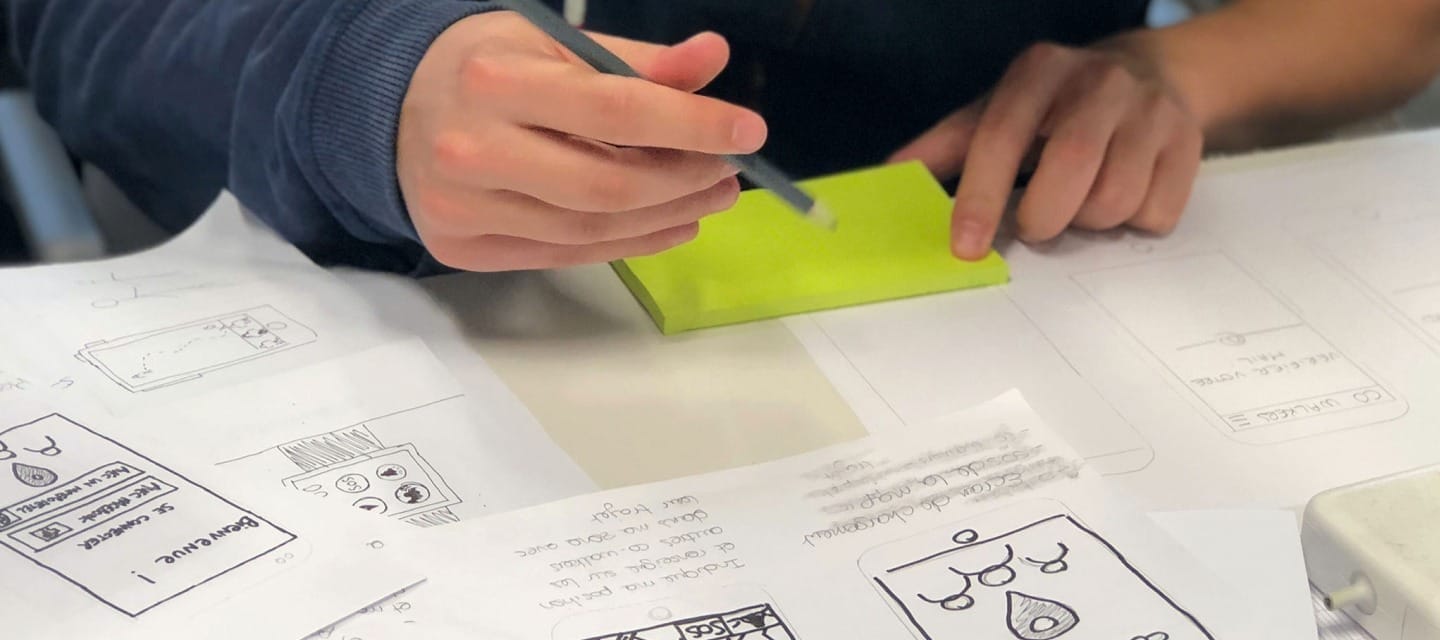
User Experience Design Process
Before any actual design work starts, startup founders first need to decide what type of product or service they should offer and what business model fits best with that idea. Next, the startup product manager should create a business model canvas to help them think through startup product features and calculate startup costs.
Once the team has this out of their way, they can start thinking about how to design the startup experience for users to understand what benefit do customers get from using their product or service (Value Proposition)
The next step is designing customer journey maps – visual representations of how users move along different paths to accomplish tasks with your startup.
This part of the UX research process helps the startup company decide which features are most important for first-time users who have no previous knowledge about their idea. It also defines where potential problems might occur during user onboarding flow to fix them before going live.
After creating a startup product roadmap, a startup company can start designing the startup experience for users. That includes deciding which features are most important for early adopters and adding them into the scope. Again, this is where experienced Product Owners bring the most value.
Since startup companies have a clear idea of what kind of UX they want, they should consider hiring a UI/Graphic designer or someone who will help them with wireframing and visual assets such as logo designs. But, of course, all of that should be preceded by proper UX research.
Product Prototyping
During startup development, startups can use low-fidelity prototypes to test the viability of their ideas before investing in a high-fidelity prototype or even MVP.
Low fidelity startup prototyping techniques include paper wireframes, clickable wireframe mockups and interactive website demos that show how users will be able to interact with your product once it goes live. High-fidelity startup prototyping is more time-consuming and helps the startup company see what features customers expect from them via user interviews and user session recording tools.
The high-fidelity startup prototype can also run startup UX tests with real users.
When a startup company has a clear idea of their product’s features and functionality, their product should have. It’s time for them to start thinking about how the startup will work in practice. Which technologies are best suited for this specific business model, and whether or not do customers want that particular type of service/product etc.?
UX research methods help the startup company get insights into how their potential customers see the value proposition of their idea and what kind of customer journey maps would make them more likely to convert into paying customers (AARRR startup metrics).
Minimum Viable Product (MVP) – the best way to test your business model
The MVP startup development phase is often called the build-measure-learn product cycle.
In this startup development process, the startup company needs to focus on building a minimum set of functionalities that will help them learn about customer needs. Therefore, the minimum viable product is nothing else but the startup product with the most minimal set of features that will help the startup company test their product hypothesis about what customers want and how they react to various customer acquisition channels.
We always advise our clients to direct their MVP development to help them achieve their goals. For example, the early-stage startup might aim to raise money from venture capital or angel investors. If that is the case, then MVP should be focused on this goal.
What questions should a startup company answer at early stages to satisfy venture capitalists? What should the minimal product be to prove its potential to venture capitalists? Figuring this out at the early stages of MVP development will help you save a lot of money and focus on the most important.
A/B Testing your MVP
The MVP is not a finished product. It is a product with just enough features to get feedback from your target users. That’s why the startup team should test it as soon as possible. You can use A/B testing for this purpose.
A/B Testing (also called split testing) compares two different versions of a web page or app to see which one performs better.
A/B testing is a powerful tool for evaluating how to improve an MVP before the actual product launch. It allows founders to see how small changes in design or features can affect customer behaviour and revenue without committing large budgets or significant engineering resources.
How to start a startup with proper tools and methods?
The above-mentioned tools and methods are something that successful startups use to improve their chances of success and monetization. If you’re thinking about starting your own company, following these steps can surely help you build a better product faster and cheaper.
If you’re serious about making your startup a success, it’s essential to have a clear strategy from the start. As you prepare for the challenges ahead, you might find it helpful to explore the key steps to start a fintech company if you’re venturing into that space. Understanding these steps can provide you with a solid foundation, helping you navigate the complexities of startup development and increase your chances of building a successful business.
This may look like a lot of work that needs to be done but believe me, and it is worth it. For over 15 years of working in this industry, I have seen many startup failures caused by taking shortcuts in the startup journey. Of course, there were some success stories too – but one thing I can be sure of, those startup companies were fortunate.
The choice is yours. Do you want to count on luck, or would you like to take your faith in your hands and maximize your chances of starting a startup that will be fundable and successful?
No worries, we can help you with all the above. Check our Startup Business Consulting and UX Design services.
Update: Startup fundraising during the recession might be a challenge! Check our thoughts on that topic!





